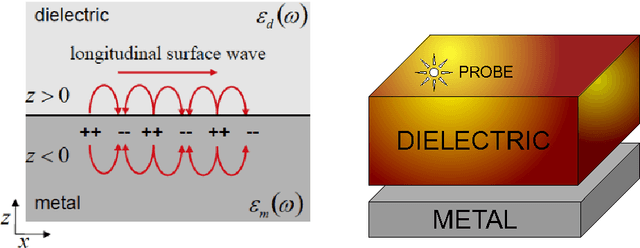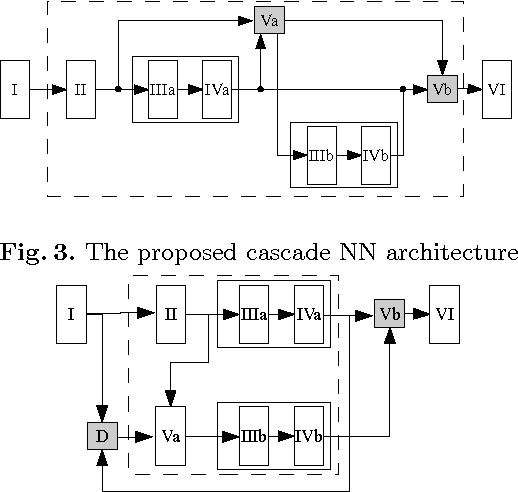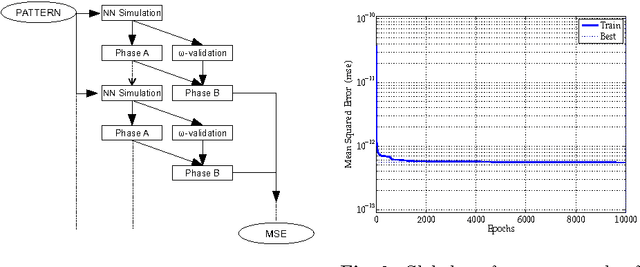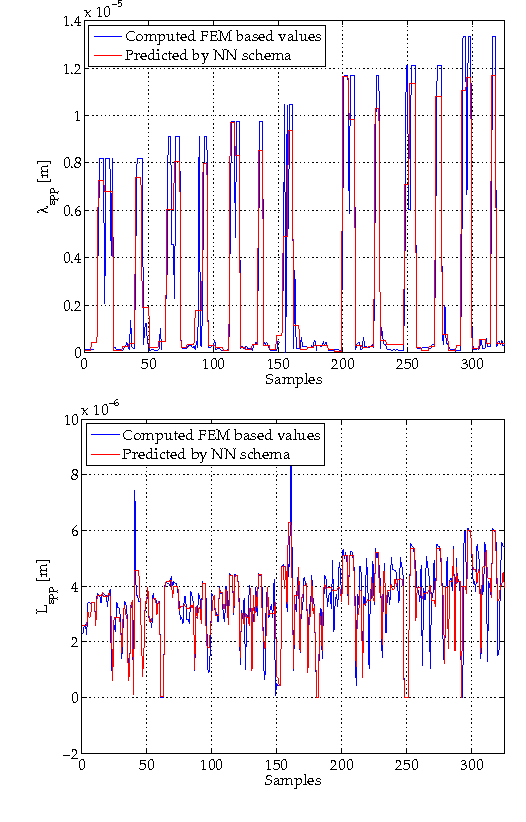Giacomo Capizzi
A Cascade Neural Network Architecture investigating Surface Plasmon Polaritons propagation for thin metals in OpenMP
Jun 12, 2014



Abstract:Surface plasmon polaritons (SPPs) confined along metal-dielectric interface have attracted a relevant interest in the area of ultracompact photonic circuits, photovoltaic devices and other applications due to their strong field confinement and enhancement. This paper investigates a novel cascade neural network (NN) architecture to find the dependance of metal thickness on the SPP propagation. Additionally, a novel training procedure for the proposed cascade NN has been developed using an OpenMP-based framework, thus greatly reducing training time. The performed experiments confirm the effectiveness of the proposed NN architecture for the problem at hand.
Innovative Second-Generation Wavelets Construction With Recurrent Neural Networks for Solar Radiation Forecasting
Aug 15, 2013



Abstract:Solar radiation prediction is an important challenge for the electrical engineer because it is used to estimate the power developed by commercial photovoltaic modules. This paper deals with the problem of solar radiation prediction based on observed meteorological data. A 2-day forecast is obtained by using novel wavelet recurrent neural networks (WRNNs). In fact, these WRNNS are used to exploit the correlation between solar radiation and timescale-related variations of wind speed, humidity, and temperature. The input to the selected WRNN is provided by timescale-related bands of wavelet coefficients obtained from meteorological time series. The experimental setup available at the University of Catania, Italy, provided this information. The novelty of this approach is that the proposed WRNN performs the prediction in the wavelet domain and, in addition, also performs the inverse wavelet transform, giving the predicted signal as output. The obtained simulation results show a very low root-mean-square error compared to the results of the solar radiation prediction approaches obtained by hybrid neural networks reported in the recent literature.
A radial basis function neural network based approach for the electrical characteristics estimation of a photovoltaic module
Aug 11, 2013



Abstract:The design process of photovoltaic (PV) modules can be greatly enhanced by using advanced and accurate models in order to predict accurately their electrical output behavior. The main aim of this paper is to investigate the application of an advanced neural network based model of a module to improve the accuracy of the predicted output I--V and P--V curves and to keep in account the change of all the parameters at different operating conditions. Radial basis function neural networks (RBFNN) are here utilized to predict the output characteristic of a commercial PV module, by reading only the data of solar irradiation and temperature. A lot of available experimental data were used for the training of the RBFNN, and a backpropagation algorithm was employed. Simulation and experimental validation is reported.
 Add to Chrome
Add to Chrome Add to Firefox
Add to Firefox Add to Edge
Add to Edge